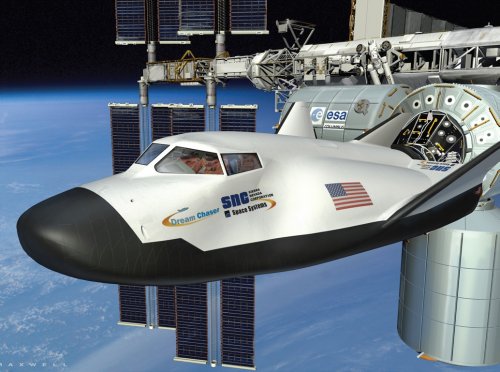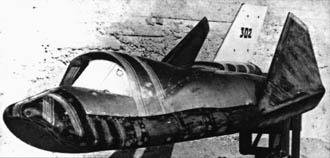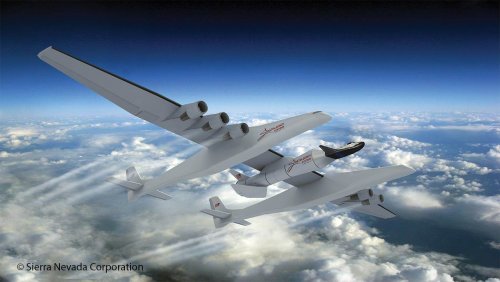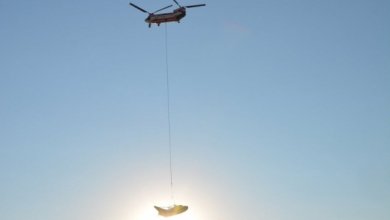- Joined
- 25 June 2009
- Messages
- 14,758
- Reaction score
- 6,163
Sierra Nevada Dream Chaser
NASA INVESTMENT: $80 million, plus $25.6 million in optional milestones
PROFILE: Piloted lifting-body spacecraft
LANDING: Runway
CAPABILITY: Up to seven astronauts and cargo
NASA and Sierra Nevada Corp. (SNC) of Louisville, Colo., signed a funded Space Act Agreement (SAA) in March 2011 for the company’s Dream Chaser spacecraft. Under the $80 million agreement, NASA’s Commercial Crew Program (CCP) and Sierra Nevada are working to advance the company’s reusable lifting-body spacecraft. Optional milestones also were approved, valued at $26.5 million.
The Dream Chaser is derived from NASA’s HL-20, which somewhat resembles NASA’s space shuttles and boasts years of development, analysis and wind tunnel testing by the agency’s Langley Research Center in Hampton, Va.
Plans for the spacecraft include launching vertically and free-flight capabilities in low Earth orbit to dock with the International Space Station. Dream Chaser currently is the only Commercial Crew Development Round 2 (CCDev2) vehicle being developed with wings and the ability to land on a conventional runway.
Under the SAA, the company is developing non-toxic and storable propellants and assessing the vehicle’s flight control surfaces and associated mechanisms required for flight.
Milestones under the agreement include a captive-carry completed May 29 and free-flight test of a full-scale prototype to test the vehicle’s approach and landing performance. A simulator consisting of a physical cockpit layout and integrated simulation hardware and software also will assist Dream Chaser engineers in evaluating the vehicle’s characteristics during the piloted phases of flight.
The all-composite structure was designed by the SNC team and built in conjunction with SNC Dream Chaser team organizations AdamWorks of Centennial, Colo., Applied Composite Technology of Gunnison, Utah, and Scaled Composites of Mojave, Calif.
Image courtesy of Sierra Nevada Corp.
Source: Commercial Crew Development Round 2
For more on Sierra Nevada and Dream Chaser, visit http://www.sncorp.com
NASA INVESTMENT: $80 million, plus $25.6 million in optional milestones
PROFILE: Piloted lifting-body spacecraft
LANDING: Runway
CAPABILITY: Up to seven astronauts and cargo
NASA and Sierra Nevada Corp. (SNC) of Louisville, Colo., signed a funded Space Act Agreement (SAA) in March 2011 for the company’s Dream Chaser spacecraft. Under the $80 million agreement, NASA’s Commercial Crew Program (CCP) and Sierra Nevada are working to advance the company’s reusable lifting-body spacecraft. Optional milestones also were approved, valued at $26.5 million.
The Dream Chaser is derived from NASA’s HL-20, which somewhat resembles NASA’s space shuttles and boasts years of development, analysis and wind tunnel testing by the agency’s Langley Research Center in Hampton, Va.
Plans for the spacecraft include launching vertically and free-flight capabilities in low Earth orbit to dock with the International Space Station. Dream Chaser currently is the only Commercial Crew Development Round 2 (CCDev2) vehicle being developed with wings and the ability to land on a conventional runway.
Under the SAA, the company is developing non-toxic and storable propellants and assessing the vehicle’s flight control surfaces and associated mechanisms required for flight.
Milestones under the agreement include a captive-carry completed May 29 and free-flight test of a full-scale prototype to test the vehicle’s approach and landing performance. A simulator consisting of a physical cockpit layout and integrated simulation hardware and software also will assist Dream Chaser engineers in evaluating the vehicle’s characteristics during the piloted phases of flight.
The all-composite structure was designed by the SNC team and built in conjunction with SNC Dream Chaser team organizations AdamWorks of Centennial, Colo., Applied Composite Technology of Gunnison, Utah, and Scaled Composites of Mojave, Calif.
Image courtesy of Sierra Nevada Corp.
Source: Commercial Crew Development Round 2
For more on Sierra Nevada and Dream Chaser, visit http://www.sncorp.com






